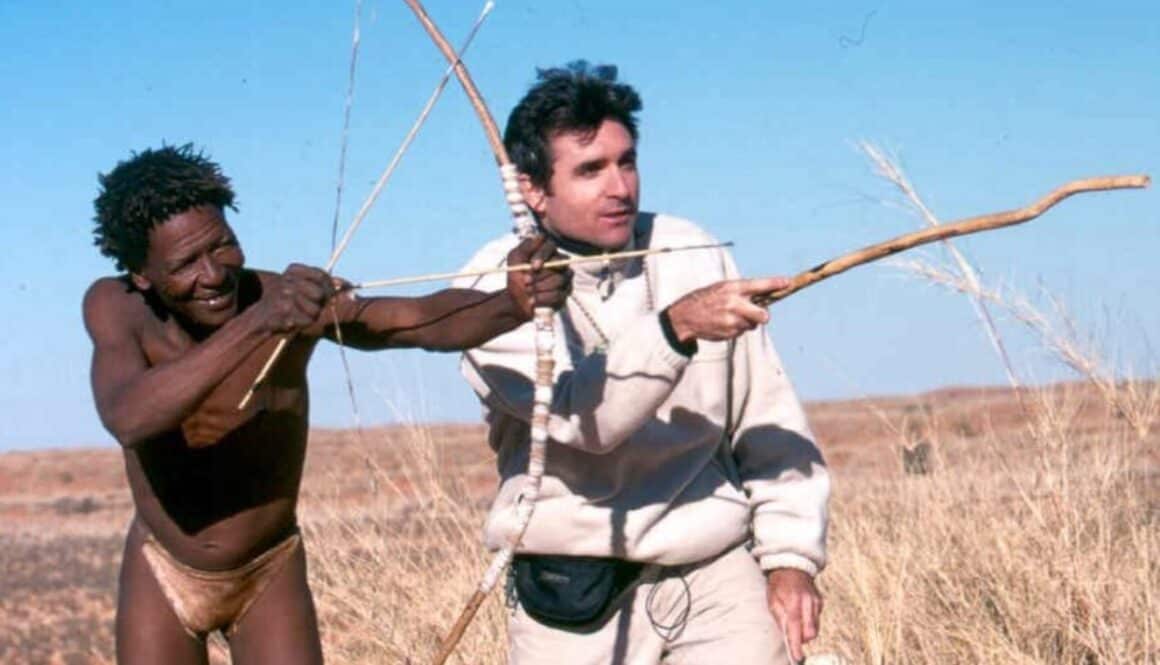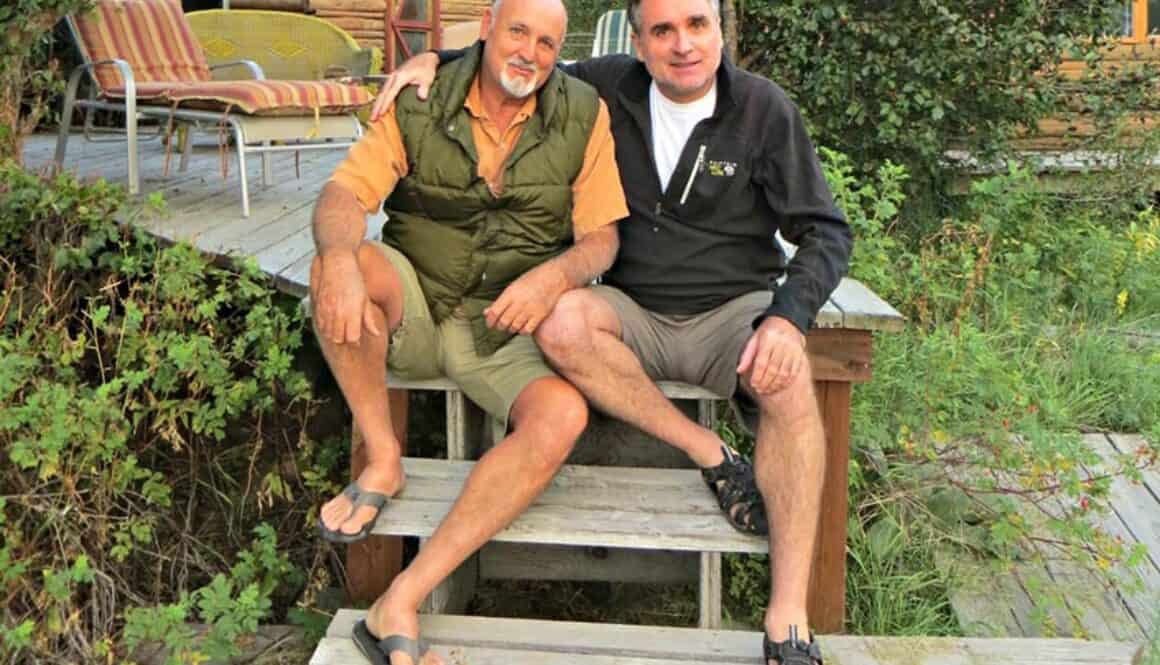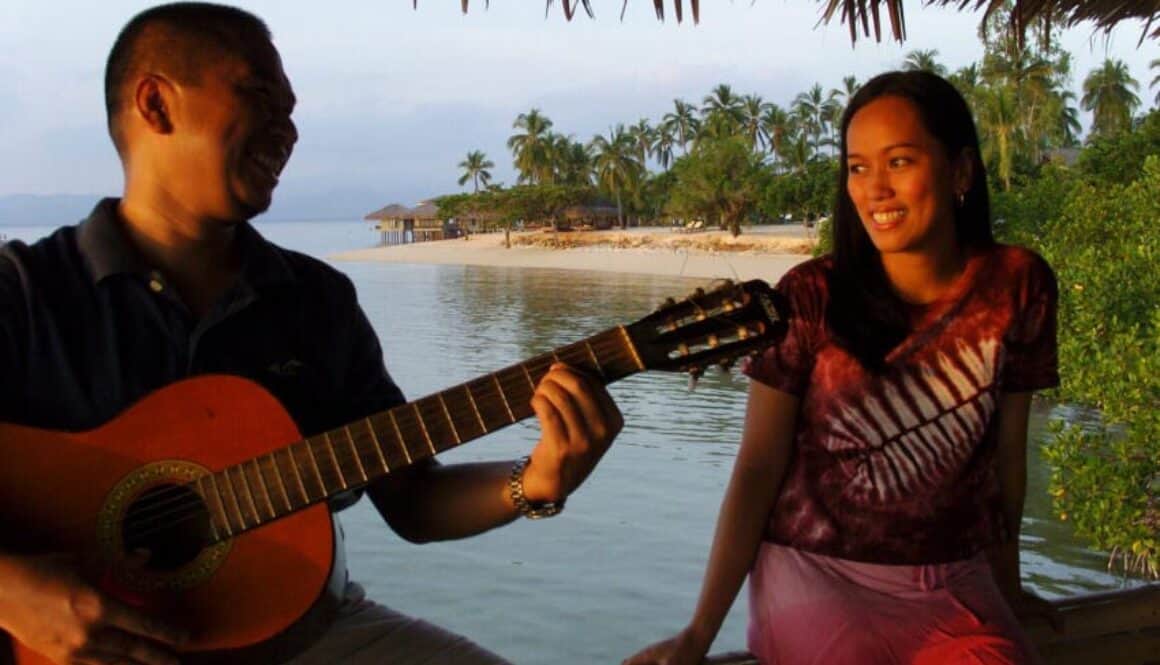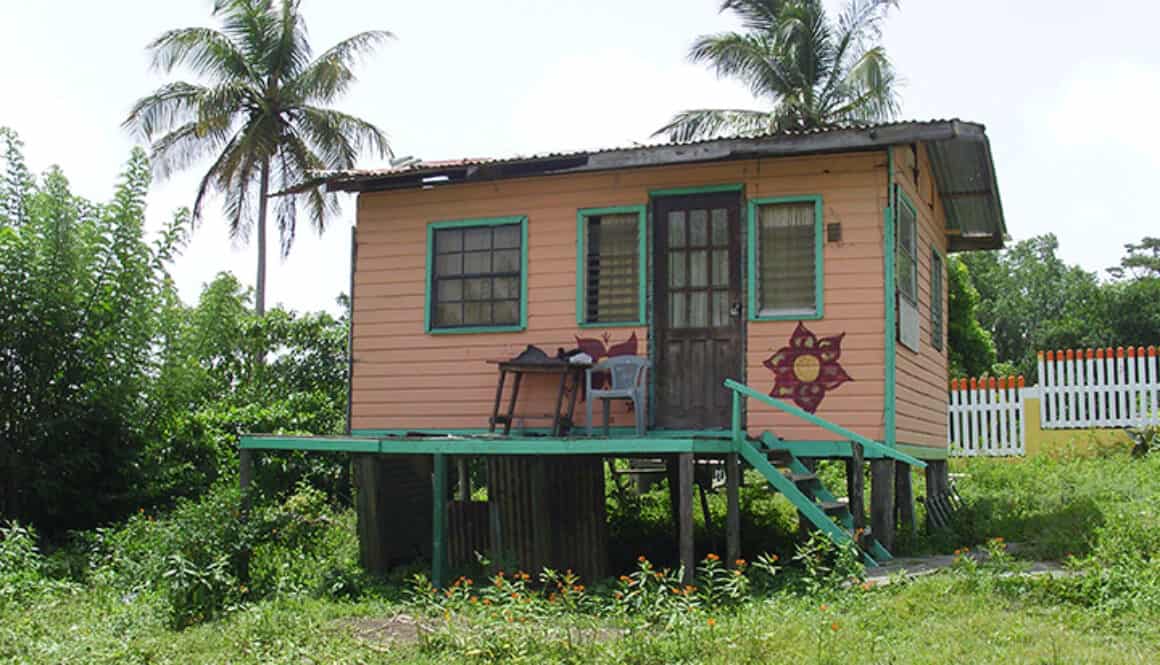Latvia: Presuem Small Countries Have Big Outlooks

Shades of freedom—evolving from red (communist) to green (democracy)… As opposed to huge countries like the U.S., where some residents can live lifetimes without encountering foreigners, residents of small countries with numerous neighbors have global outlooks by necessity. A tiny country with a big reputation for nightlife, Latvia has been free from Soviet occupation since 1989. Its photogenic capital, Riga, is viewed by some untamed party-seeking Euros as an inexpensive binge getaway. It’s not surprising […]








